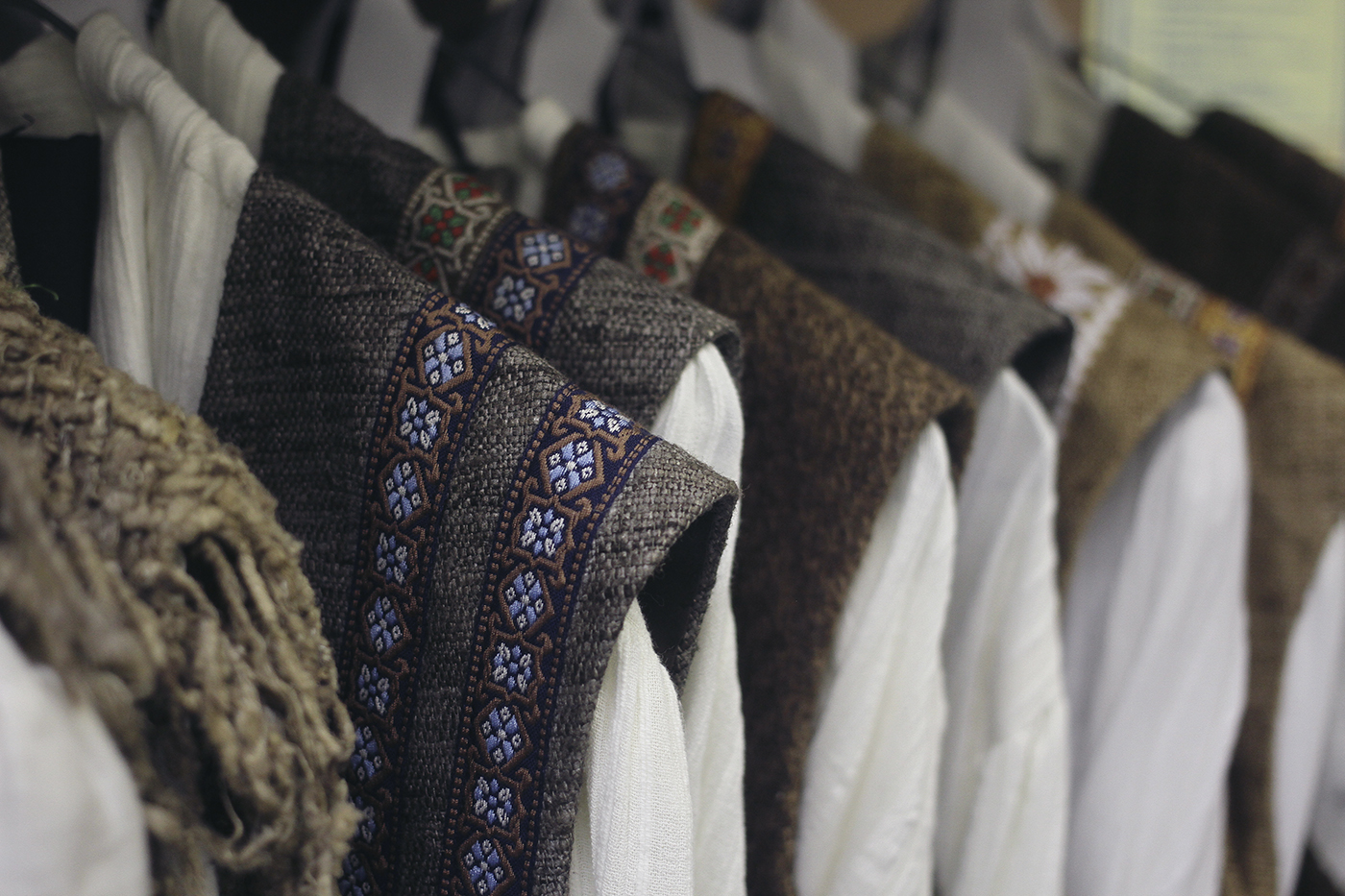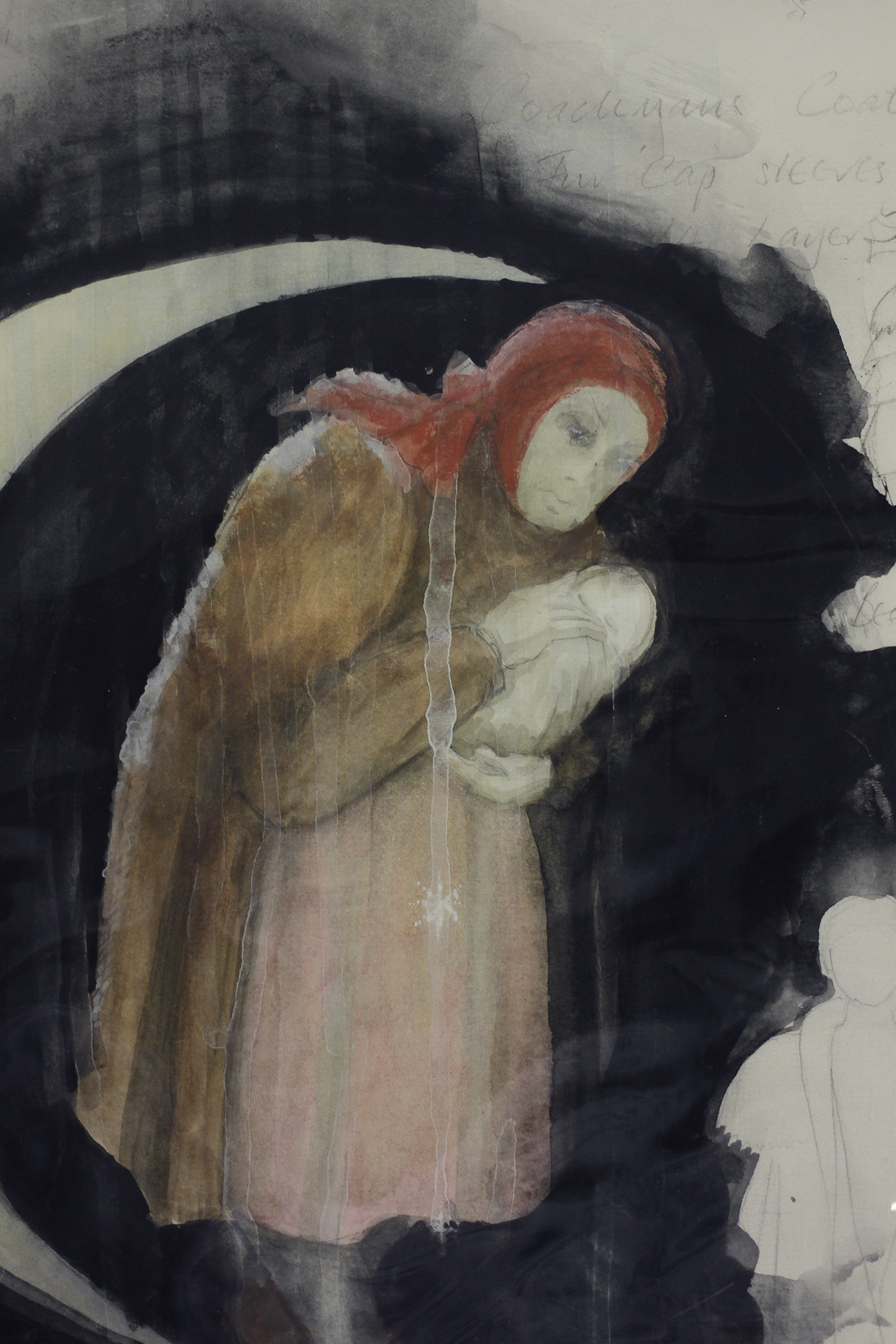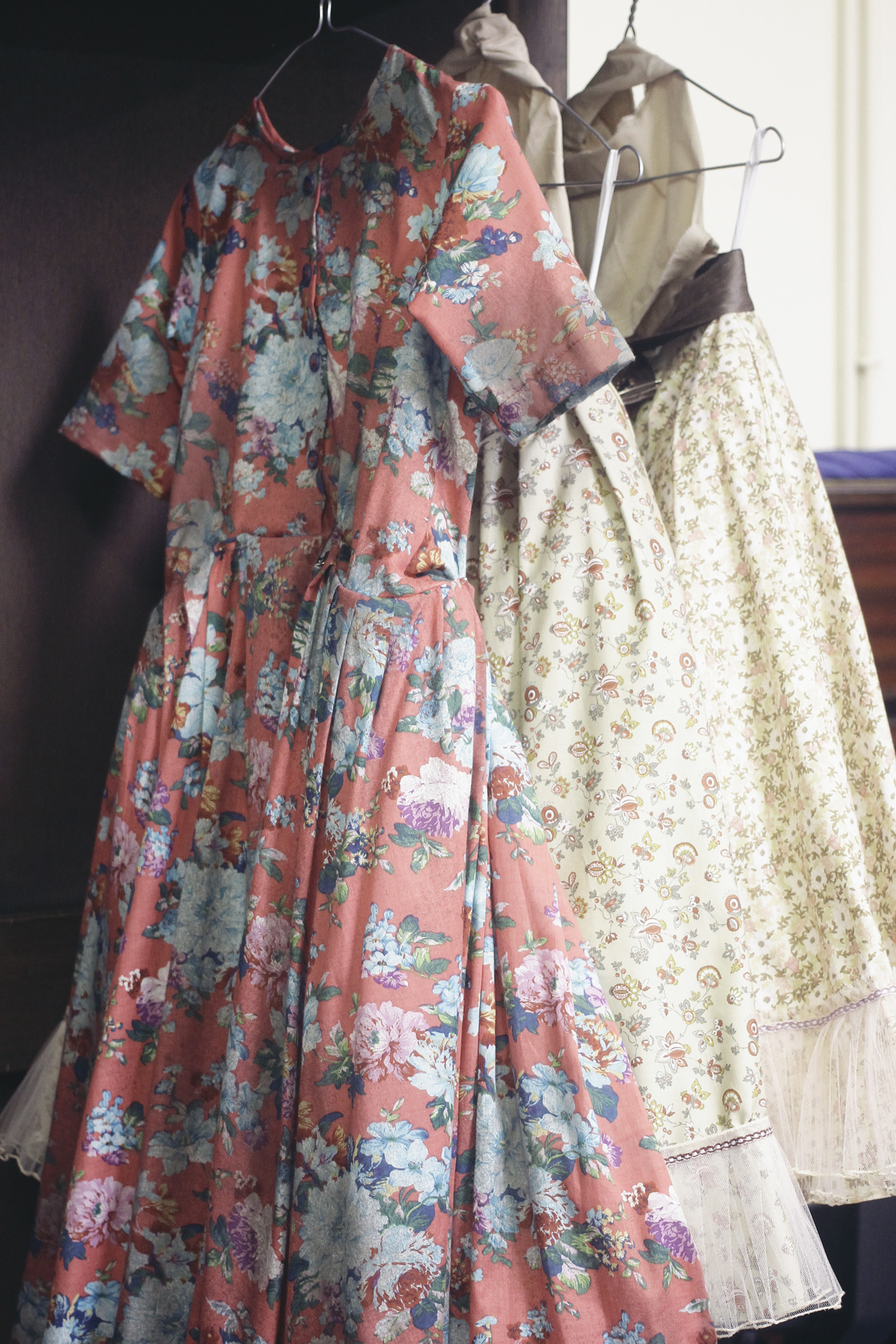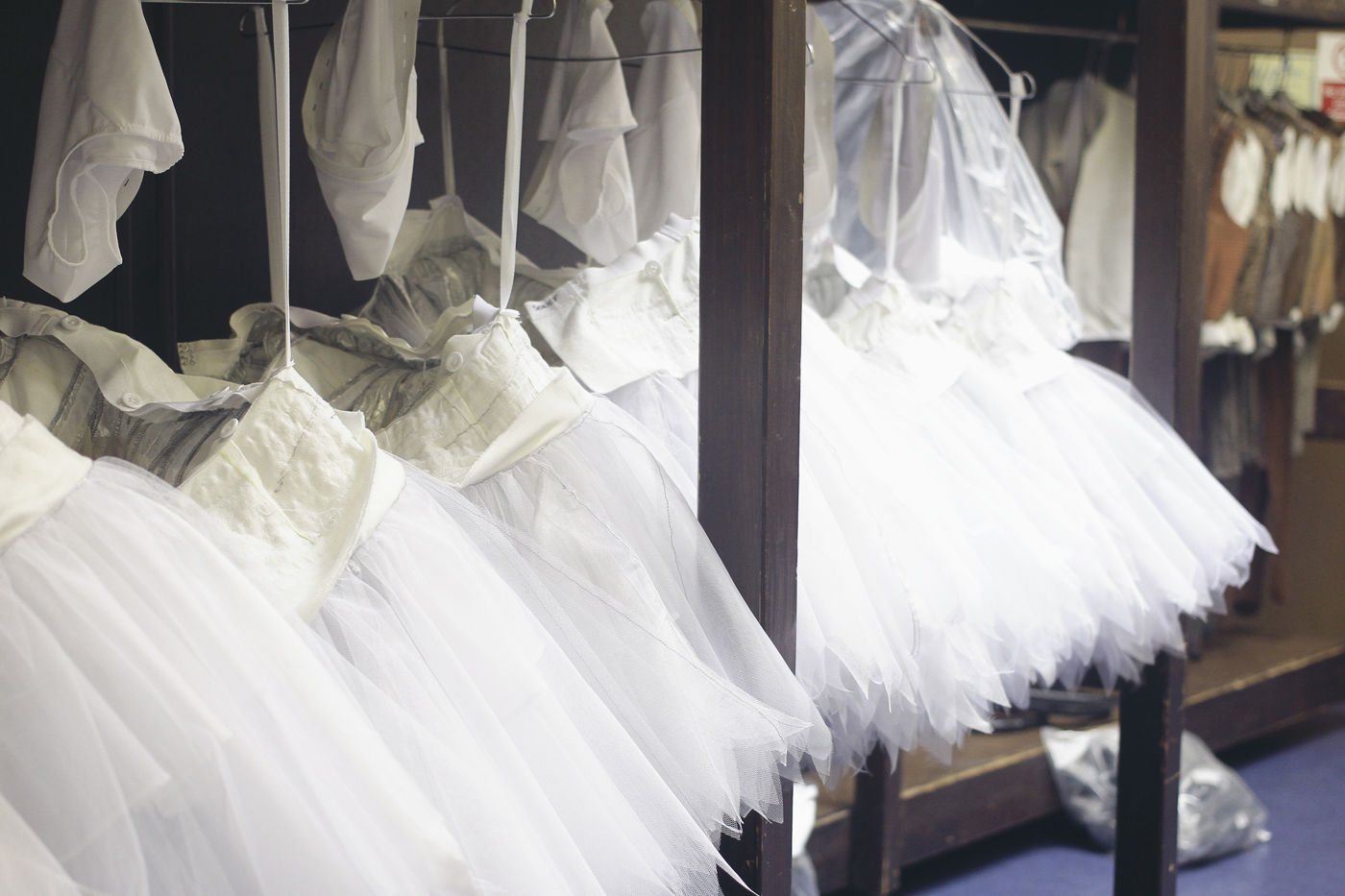Inside The Fairy's Kiss
A GLIMPSE INSIDE
THE WORLD OF
THE FAIRY'S KISS
I was invited by Scottish Ballet to have a look at their new costumes for their production of The Fairy's Kiss, which opens on Friday. It's always a good day when I get to poke around the wardrobe department of Scottish Ballet however this time is was extra exciting because the costumes were located at the Theatre Royal, so I also got to nosy about backstage in this beautiful, historical theatre.
The Fairy's Kiss is part of their Stravinsky season and it tells the story of a boy cursed by a kiss, destined for immortality. The company first created the ballet in 1960 and it has only seen one revival in that time, in the 80's, and hasn't been performed since so it's a real treat for it to be brought back to life.
the theatre
As I climbed up the stairs to the wardrobe department, I was struck by the thought of how many performances this wonderful theatre has seen since it opened in 1869. So many highs and so many lows seeped into it's walls. Going into the building feels like stepping back in time, with very little having changed since the 30's or 40's. Walking into the dressing room, with it's worn wood and vanity mirrors, I could imagine how many faces have been painted in front of those mirrors as performers take those moments to steady their nerves for the task ahead. You can almost feel the buzz still hanging in the air. Seeing dresses and tutus all hanging up, ready for their dancers who will be performing in them, brought the excitement of performance into context a little more.
THE COSTUMES
The costume designer talked me through his sketches and designs for the costumes. All the sketches, swatches and ideas live a huge folder known as 'The Bible'. It's very much the same process as visualising a fashion collection. Fabrics swatches are sourced and sit alongside the drawings with narratives on how each piece should be created.
Seeing this come to life in the actual costumes is impressive, as they are incredibly true to the designers original vision. More impressive though is the level of work that goes into each costume - it's no exaggeration to say that some of the more intricate pieces involve couture level craftsmanship and fabrics. The costumes obviously have to be incredibly well made to withstand the rigours of a performance but they must also last for many, many years and stand being amended to fit countless different dancers.
Looking at some of the costumes, they could quite easily have been designed by the likes of Dries Van Noten or Antonio Marras, such was the level of detail and quality of fabrics and finishing.
I can't wait to see these stunning costumes brought to life by the dancers.
If you get a chance to see this I urge to you to come along because I have a feeling this one is going to be pretty damn magical.
















